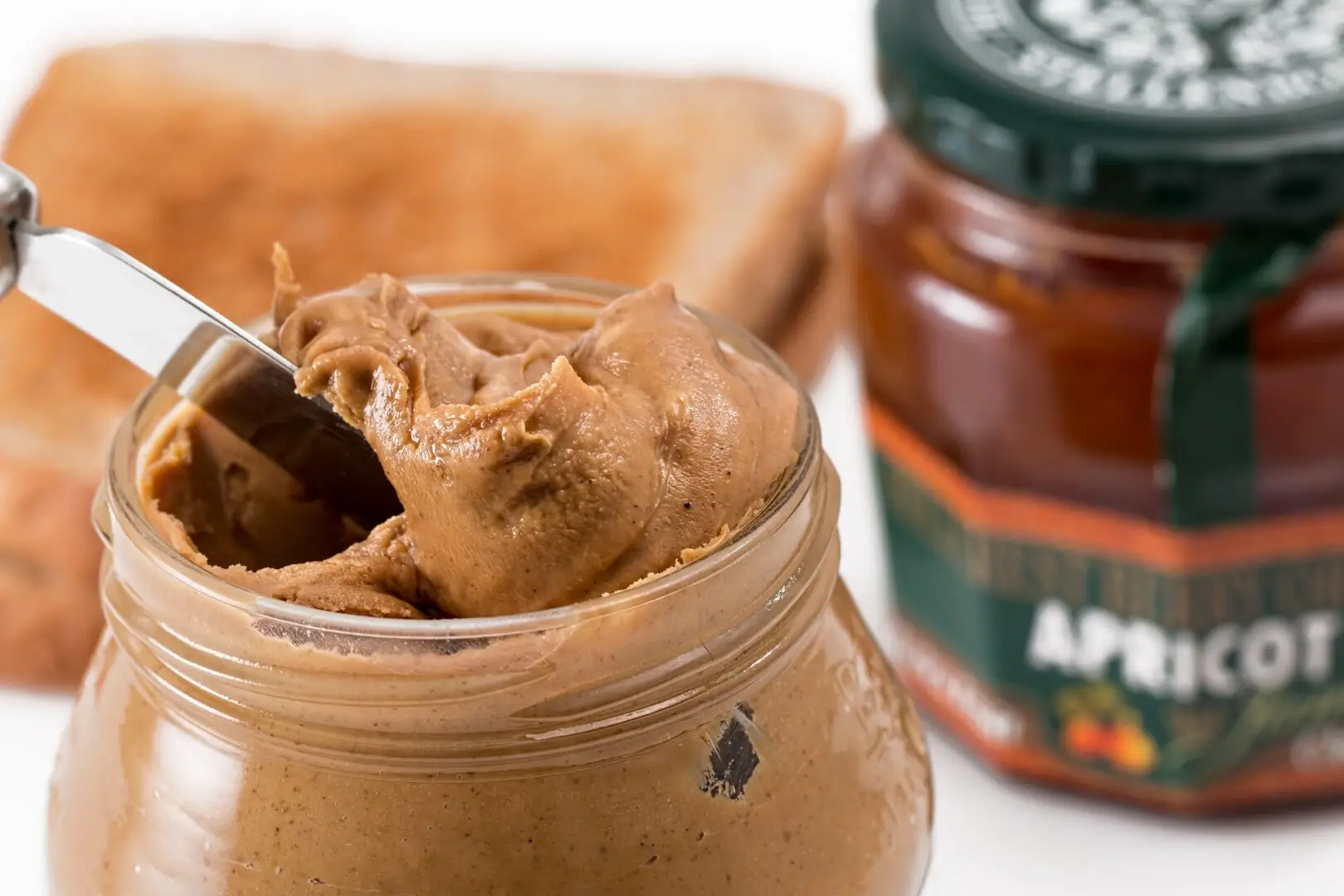

Articles
How To Store Peanut Butter After Opening
Modified: February 24, 2024
Learn the best method to store your peanut butter after opening to keep it fresh and spreadable. Read our informative articles for helpful tips and tricks.
(Many of the links in this article redirect to a specific reviewed product. Your purchase of these products through affiliate links helps to generate commission for Storables.com, at no extra cost. Learn more)
Introduction
Peanut butter is a beloved and versatile spread that can be used in sandwiches, desserts, or enjoyed straight from the jar. But once you open a jar of peanut butter, it’s important to store it correctly to maintain its freshness and flavor for as long as possible. Improper storage can lead to issues like spoilage, texture changes, or even the development of harmful bacteria.
This article will provide you with helpful tips on how to store peanut butter after opening, whether it’s creamy, crunchy, natural, or homemade. By following these guidelines, you can ensure that your peanut butter stays in optimal condition, making it ready to enjoy whenever you have a craving!
Key Takeaways:
- Properly storing peanut butter after opening is crucial for maintaining its taste, texture, and overall quality. Whether in the pantry or refrigerator, following these tips ensures your peanut butter stays fresh and safe to consume.
- Single-serving packets offer convenience, but it’s important to seal them tightly and store them in a cool place. Ensure you consume them within a reasonable time frame to maintain the best quality and taste.
Read more: How To Store Natural Peanut Butter
Why Proper Storage is Important
Proper storage of peanut butter after opening is essential for several reasons. First and foremost, it helps to maintain the taste and freshness of the spread. If peanut butter is not stored correctly, it can develop a rancid taste or an off-putting smell, making it unpleasant to consume.
In addition to preserving the flavor, proper storage also helps to maintain the smooth texture of peanut butter. Exposure to air, light, and fluctuating temperatures can cause the oils in peanut butter to separate, resulting in a gritty or oily consistency. By storing it correctly, you can prevent this separation and enjoy a smooth and creamy spread.
Another critical reason for proper storage is to prevent the growth of harmful bacteria or mold. Peanut butter, like most food products, can harbor bacteria if not stored in a suitable environment. Moisture and warmth create an ideal breeding ground for bacteria, which can lead to food-borne illnesses if consumed.
Furthermore, storing peanut butter correctly can help extend its shelf life. While peanut butter generally has a long shelf life, proper storage can help preserve its quality for an extended period. This is especially important for those who buy peanut butter in bulk or prefer to have multiple jars on hand.
By understanding the importance of proper storage, you can ensure that your peanut butter remains safe, delicious, and pleasant to eat throughout its lifespan.
General Tips for Storing Peanut Butter
When it comes to storing peanut butter after opening, there are a few general tips that apply regardless of the type or brand. Here are some guidelines to keep in mind:
- Keep it tightly sealed: Make sure to tightly seal the lid of the peanut butter jar after each use. This will help prevent air from entering, which can cause oxidation and spoilage.
- Store in a cool, dark place: Peanut butter is sensitive to heat and light, which can accelerate spoilage. It’s best to store it in a cool and dark area, such as a pantry or cupboard.
- Avoid temperature fluctuations: Rapid changes in temperature can lead to the separation of oils in the peanut butter, affecting its texture. Avoid storing it near heat sources like stoves or refrigerators with frequent temperature changes.
- Use clean utensils: Always use clean and dry utensils when scooping peanut butter from the jar. This will help prevent cross-contamination and the introduction of moisture, which can promote bacterial growth.
- Keep away from moisture: Moisture is the enemy of peanut butter. Ensure the jar and spoon are dry before scooping out the spread and avoid storing it near sources of humidity, such as the sink or dishwasher.
- Inspect for signs of spoilage: Regularly check your peanut butter for any signs of mold, strange odors, or off flavors. If you notice any of these, it’s best to discard the product.
By following these general tips, you can maintain the quality and freshness of your peanut butter, ensuring it continues to be a flavorful and enjoyable staple in your pantry.
Storing Peanut Butter in the Pantry
If you have a pantry with a consistent temperature and low humidity level, storing peanut butter in this location is a great option. Here are some key points to consider:
- Choose a cool spot: Select a cool area in your pantry away from heat sources like the stove or direct sunlight. Excessive heat can cause the oil in the peanut butter to separate and spoil.
- Keep it away from moisture: Moisture can cause your peanut butter to spoil and become a breeding ground for bacteria. Ensure no water can get into the jar, and avoid storing it near sinks or in humid environments.
- Store in an airtight container: Although most peanut butter jars are airtight, transferring your peanut butter to a separate airtight container can further protect it from exposure to air and moisture.
- Check the expiry date: Always check the expiry date on the peanut butter jar before purchasing to ensure you have ample time to consume it. Write the date of opening on the jar as a reminder.
- Rotate your stock: If you tend to stock up on peanut butter, make sure to use the oldest jars first to avoid any spoilage or loss of quality.
Storing peanut butter in the pantry is a convenient and reliable option. Just remember to keep it in a cool, dry place, away from moisture and heat sources, and check for any signs of spoilage periodically. With proper storage, your peanut butter can be preserved for an extended period, ready to be enjoyed whenever you need a delicious spread.
Store peanut butter after opening in a cool, dry place away from direct sunlight. You can also refrigerate it to extend its shelf life and prevent oil separation.
Storing Peanut Butter in the Refrigerator
While peanut butter can be stored in the pantry, some people prefer to keep it in the refrigerator for various reasons. Here are some important considerations for storing peanut butter in the refrigerator:
- Prevent oil separation: Peanut butter tends to separate and develop a layer of oil on top. Refrigeration can slow down this process, keeping your peanut butter consistently smooth and creamy.
- Extend shelf life: Refrigerating peanut butter can help extend its shelf life beyond what is stated on the label. The cool temperature helps to preserve its freshness for a longer period.
- Reduce spoilage risk: Storing peanut butter in a cold environment inhibits the growth of bacteria and mold. This can be particularly beneficial for natural or homemade peanut butter that doesn’t contain preservatives.
- Refrigerate only certain types: It’s important to note that not all types of peanut butter benefit from refrigeration. Commercially processed peanut butters, especially those with added preservatives, may not require refrigeration.
- Allow it to soften: Peanut butter stored in the refrigerator may become firm and difficult to spread. To make it easier to use, let it sit at room temperature for a few minutes before spreading it on toast or sandwiches.
Keep in mind that refrigerated peanut butter can have a slightly different texture compared to room temperature peanut butter. Some individuals enjoy the firmer texture, while others prefer the creamier consistency of peanut butter stored in the pantry.
Ultimately, the decision to refrigerate peanut butter depends on personal preference and the type of peanut butter you’re using. Regardless of your choice, make sure to seal the container tightly, use clean utensils, and check for signs of spoilage periodically to ensure the peanut butter remains safe and enjoyable.
Read more: How To Store Peanut Butter Fudge
Storing Natural or Homemade Peanut Butter
Natural or homemade peanut butter often lacks the preservatives found in commercially processed versions. As a result, proper storage is crucial to maintain its freshness and prevent spoilage. Here’s what you need to know about storing natural or homemade peanut butter:
- Refrigerate after opening: Natural or homemade peanut butter should typically be refrigerated once opened. The cooler temperature helps to slow down the process of oil separation and extends its shelf life.
- Use airtight containers: Transfer your natural or homemade peanut butter to a clean, airtight container before refrigerating. This prevents exposure to air and moisture, which can negatively impact the quality and taste of the spread.
- Label and date your container: To keep track of its freshness, label the container with the date you made the peanut butter. This allows you to know when it’s time to consume or discard it.
- Allow it to soften before use: Homemade peanut butter can become firm and dense when refrigerated. To make it easier to spread, take it out of the refrigerator a few minutes before use and allow it to come to room temperature.
- Consume within a reasonable time frame: Natural or homemade peanut butter typically has a shorter shelf life compared to commercially processed varieties. Consume it within a reasonable period, usually within a few weeks, to ensure the best quality and taste.
- Check for signs of spoilage: Natural or homemade peanut butter can spoil more quickly due to the lack of preservatives. Keep an eye out for any off smells, unusual colors, or mold growth. If you notice any signs of spoilage, err on the side of caution and discard the product.
By following these storage tips, you can maintain the freshness and quality of your natural or homemade peanut butter for as long as possible. Proper storage not only ensures its safety but also allows you to enjoy the full flavor and nutritional benefits of your homemade creation.
Storing Opened Peanut Butter in Single-Serving Packets
Single-serving packets of peanut butter are convenient for on-the-go snacking or quick meals. However, if you don’t finish the entire packet in one sitting, you may wonder how to store the opened packet properly. Here are some tips for storing opened peanut butter in single-serving packets:
- Seal the packet: If the packet is resealable, make sure to seal it tightly after opening. This helps prevent air and moisture from entering, which can cause spoilage or affect the texture and taste of the peanut butter.
- Use an airtight container: If the packet isn’t resealable or you want additional protection, transfer the opened packet to a small, airtight container. This ensures maximum freshness and guards against potential contamination.
- Store in a cool place: Keep the single-serving packets in a cool area, away from direct sunlight or sources of heat. High temperatures can cause the oils in the peanut butter to separate or lead to spoilage.
- Check expiration dates: Take note of the expiration dates on the single-serving packets before using them. Using them before the expiration date ensures the best taste and quality.
- Consume within a reasonable time frame: While peanut butter in single-serving packets may have a longer shelf life compared to opened jars, it’s still advisable to consume it within a reasonable time frame. Follow the instructions on the packaging or consume the contents within a few weeks for optimal freshness.
- Transport safely: If you’re carrying single-serving packets with you, make sure to store them in a secure and cool place, like a lunchbox or insulated bag. This prevents accidental damage or exposure to excessive heat.
By following these tips, you can ensure that your opened single-serving packets of peanut butter remain fresh and ready to enjoy whenever you need a quick and tasty snack. Proper storage helps to maintain the flavor, texture, and quality, ensuring a satisfying experience each time you reach for a packet.
Conclusion
Properly storing peanut butter after opening is crucial for maintaining its taste, texture, and overall quality. Whether you prefer creamy, crunchy, natural, or homemade peanut butter, following these storage tips will help ensure that it stays fresh and safe to consume.
In the pantry, protect your peanut butter from heat, light, and moisture. Keep it tightly sealed, use clean utensils, and check for signs of spoilage regularly. Refrigeration is an option to slow down the separation of oils and extend shelf life, especially for natural or homemade peanut butter. Remember to let it soften before use to ensure a smooth and creamy texture.
Single-serving packets offer convenience, but it’s important to seal them tightly and store them in a cool place. Ensure you consume them within a reasonable time frame to maintain the best quality and taste.
Regardless of your chosen storage method, prioritize cleanliness, avoid contamination, and pay attention to expiration dates. By doing so, you can enjoy the deliciousness of peanut butter for an extended period.
So the next time you open a jar or a packet of peanut butter, remember these storage tips to maintain its freshness, flavor, and texture. With proper storage, your peanut butter will always be ready to add a delightful touch to your meals, snacks, or even as a simple, satisfying treat on its own.
Frequently Asked Questions about How To Store Peanut Butter After Opening
Was this page helpful?
At Storables.com, we guarantee accurate and reliable information. Our content, validated by Expert Board Contributors, is crafted following stringent Editorial Policies. We're committed to providing you with well-researched, expert-backed insights for all your informational needs.
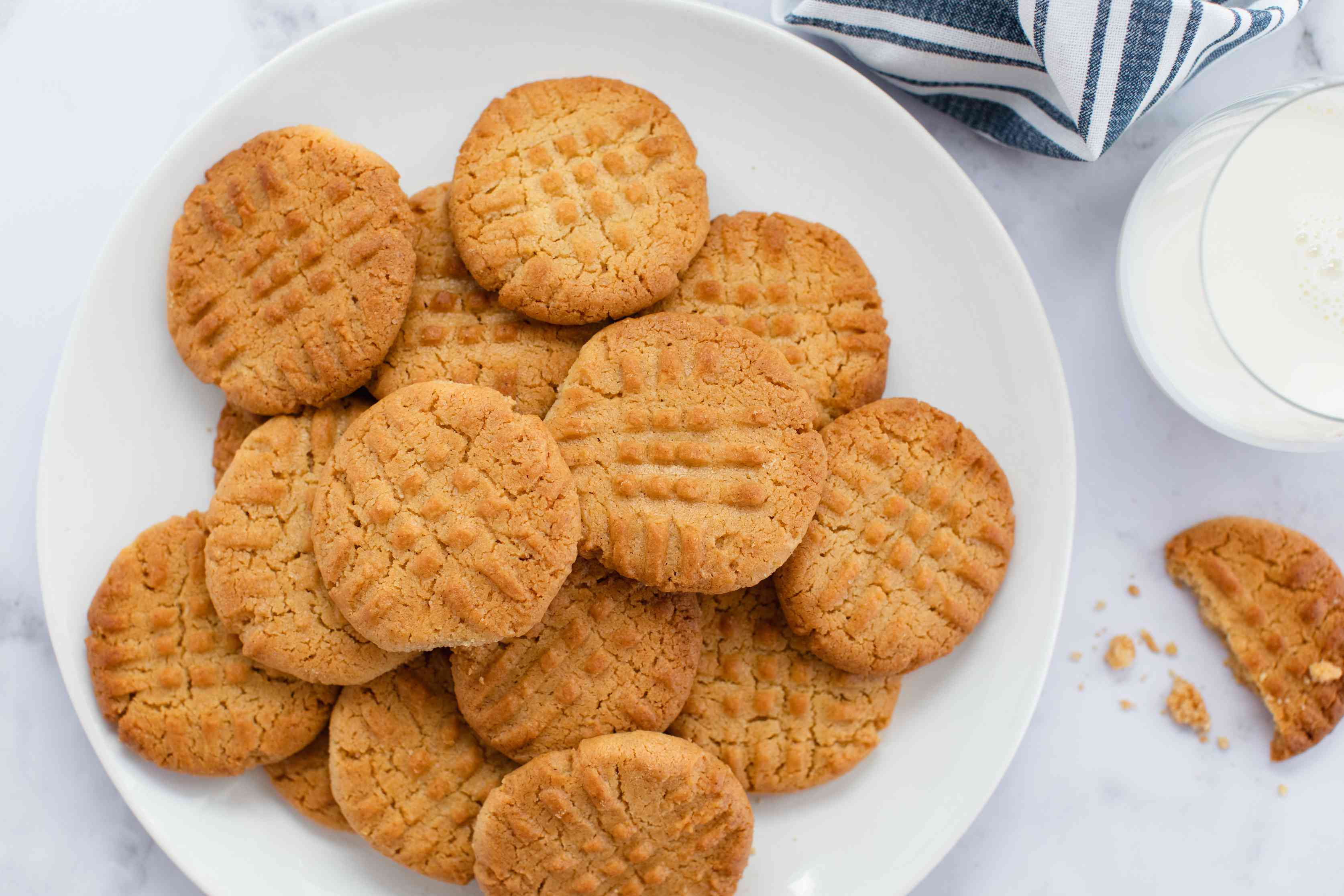
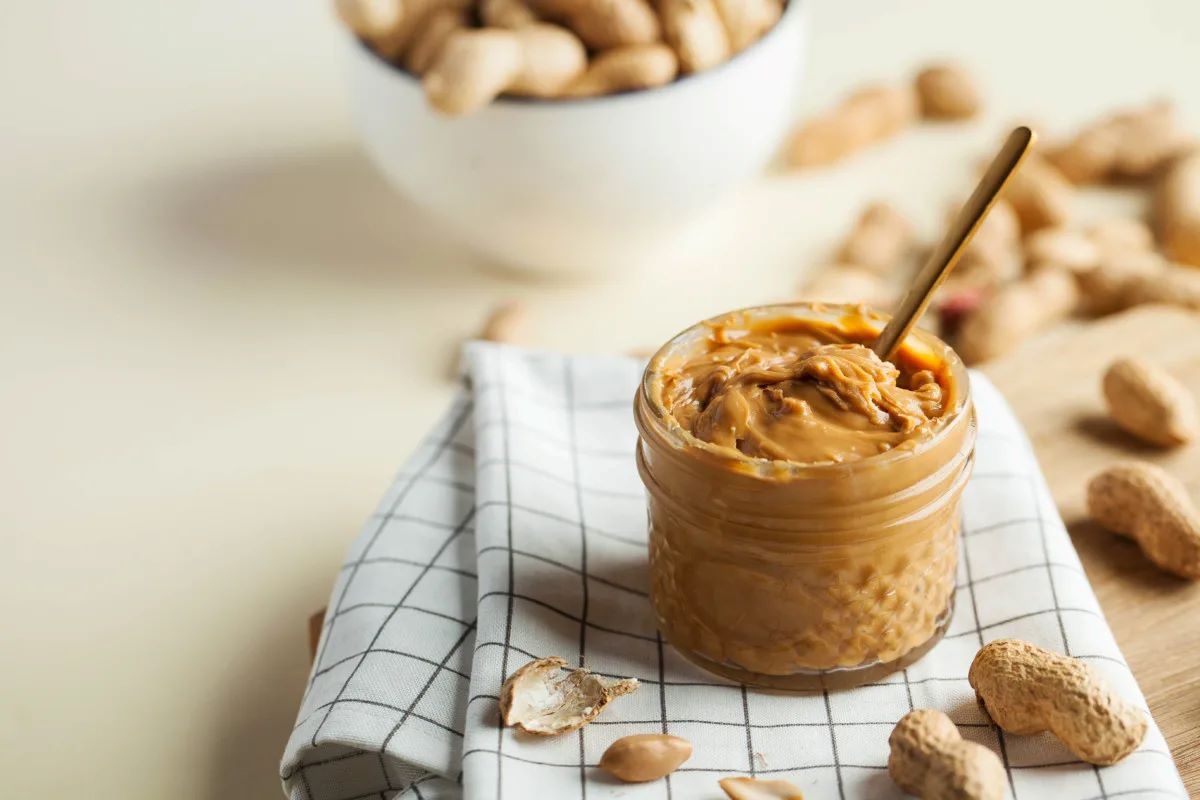
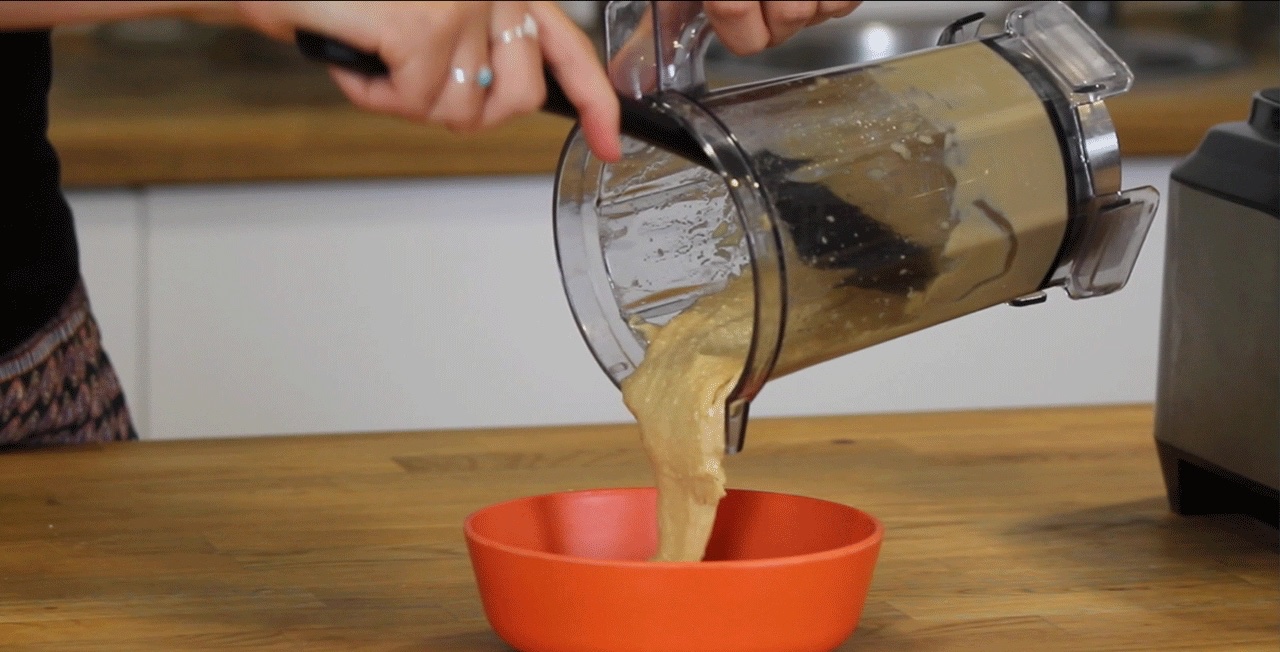
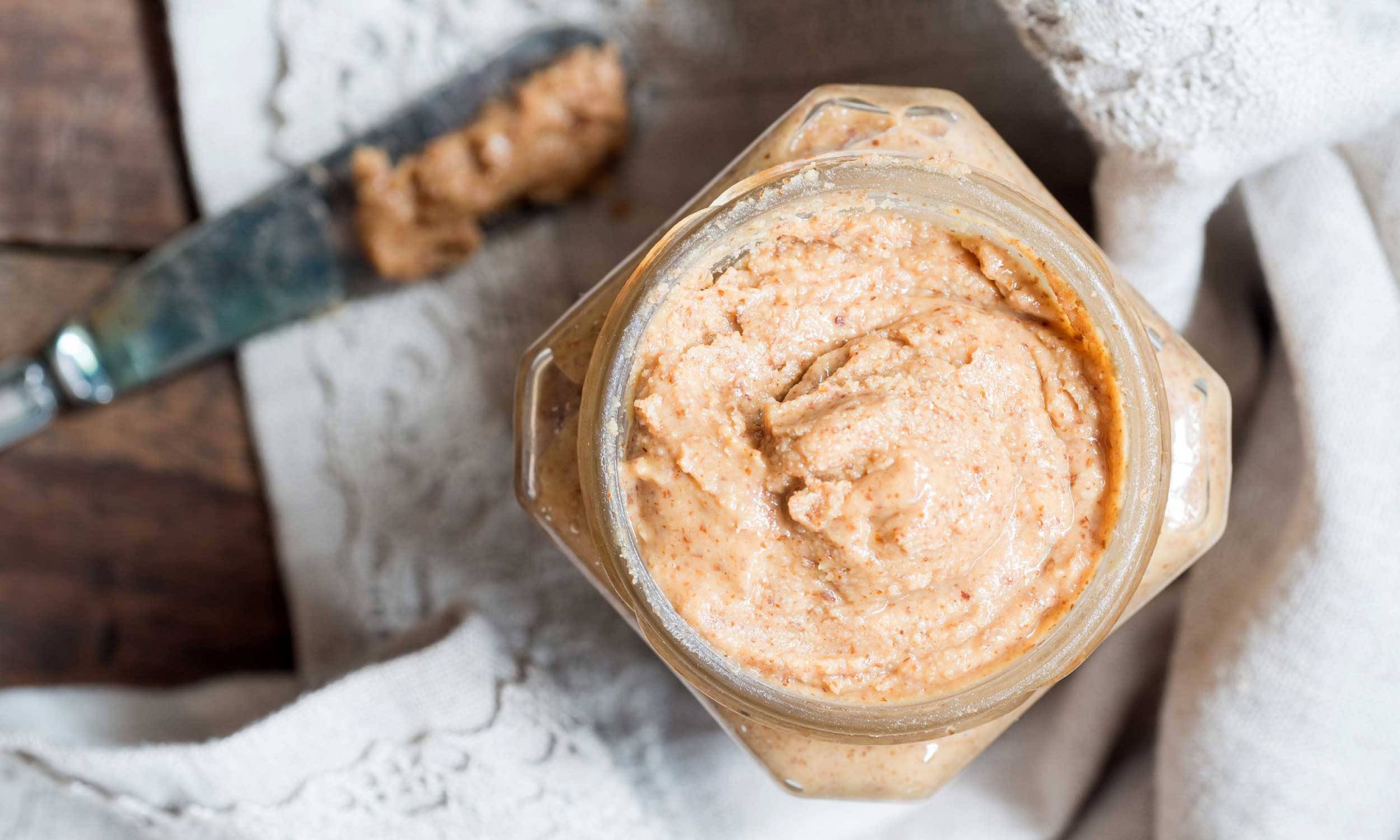
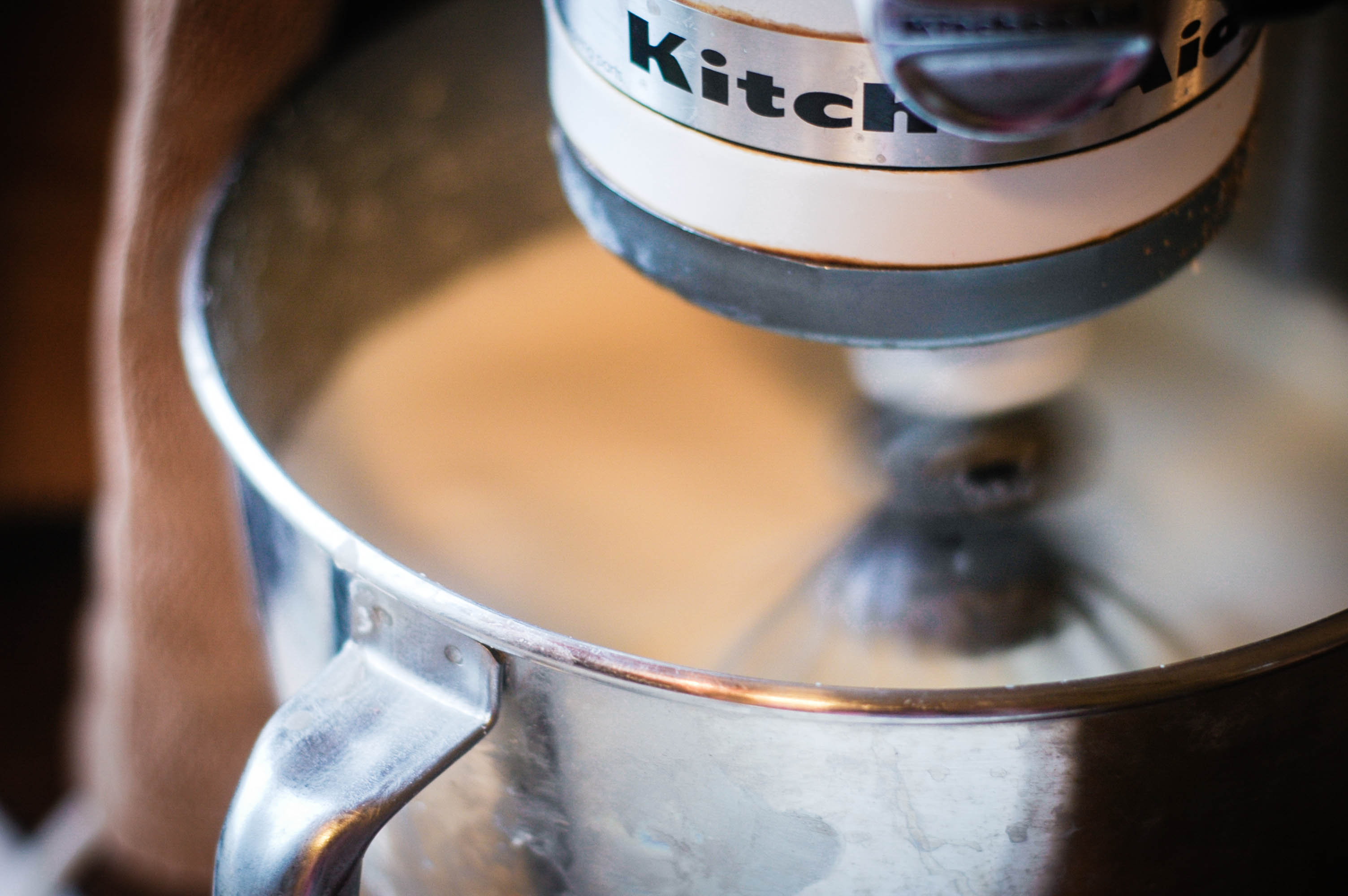


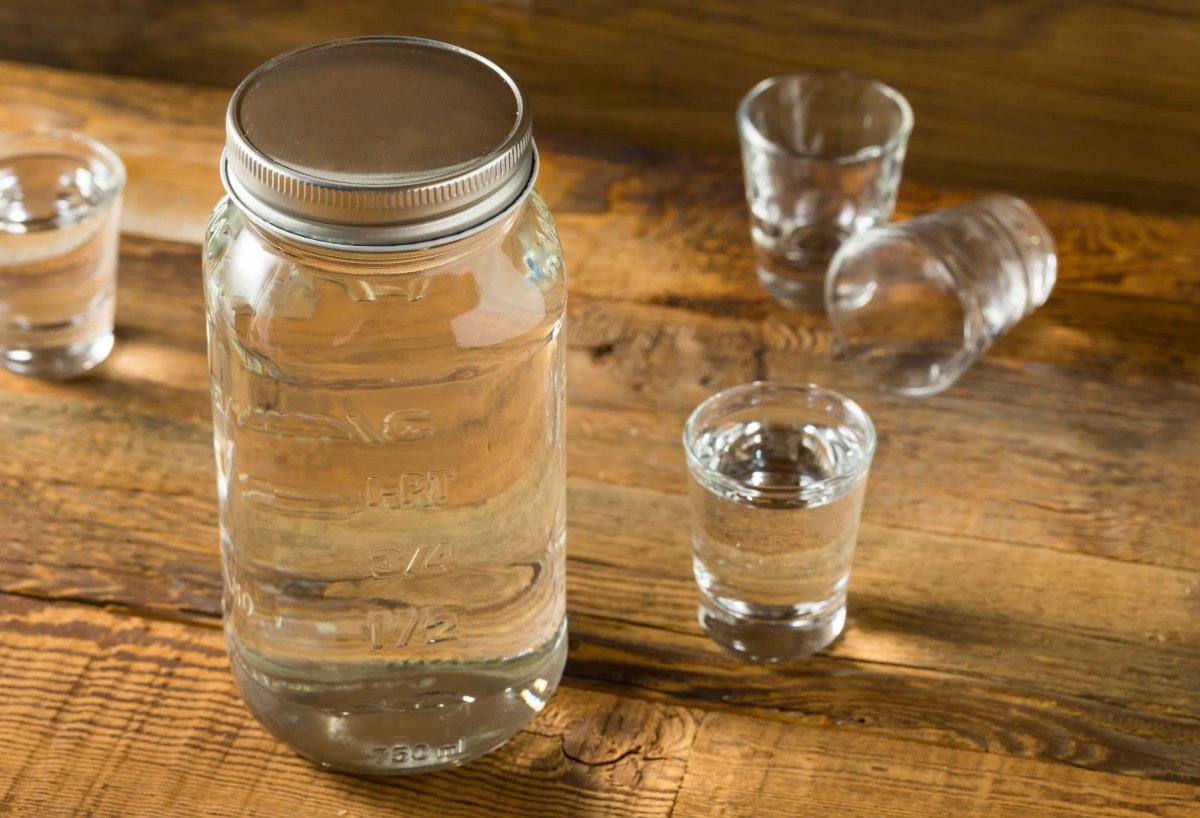
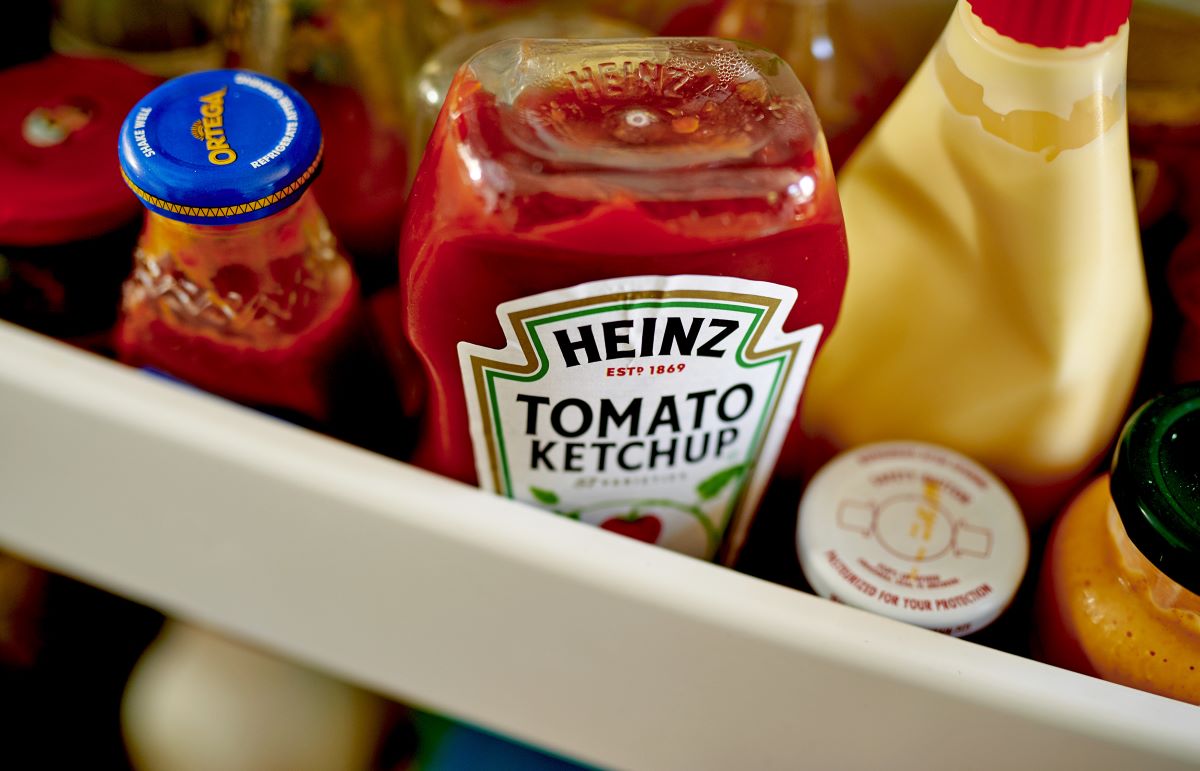
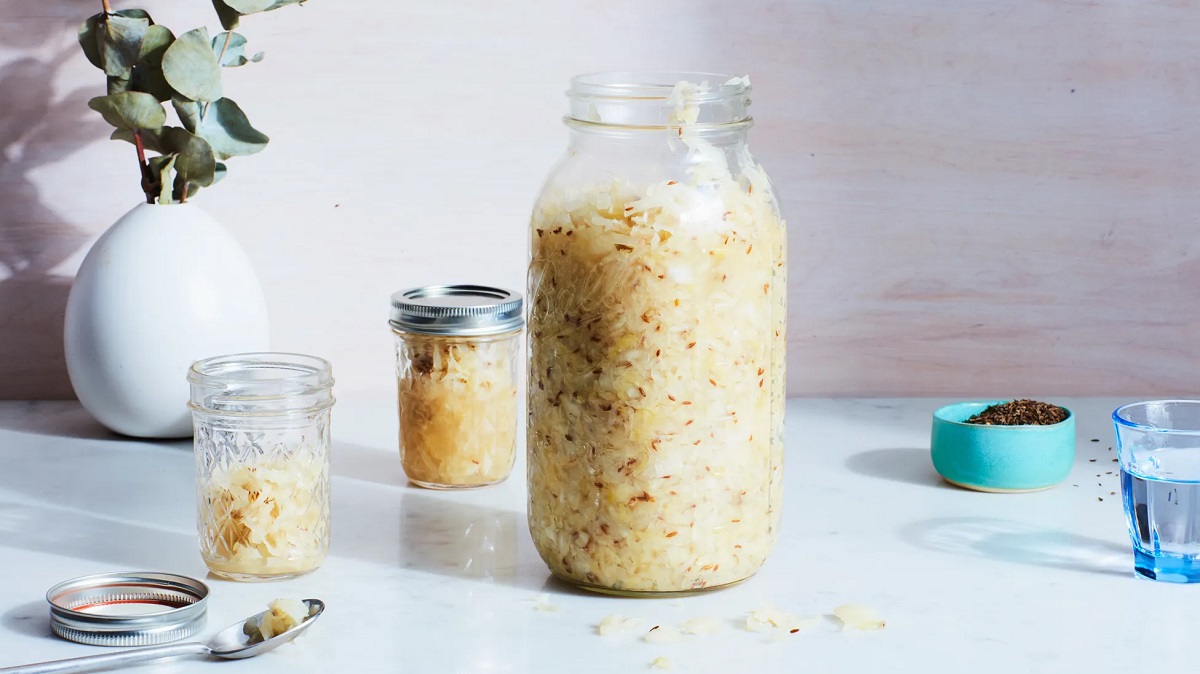


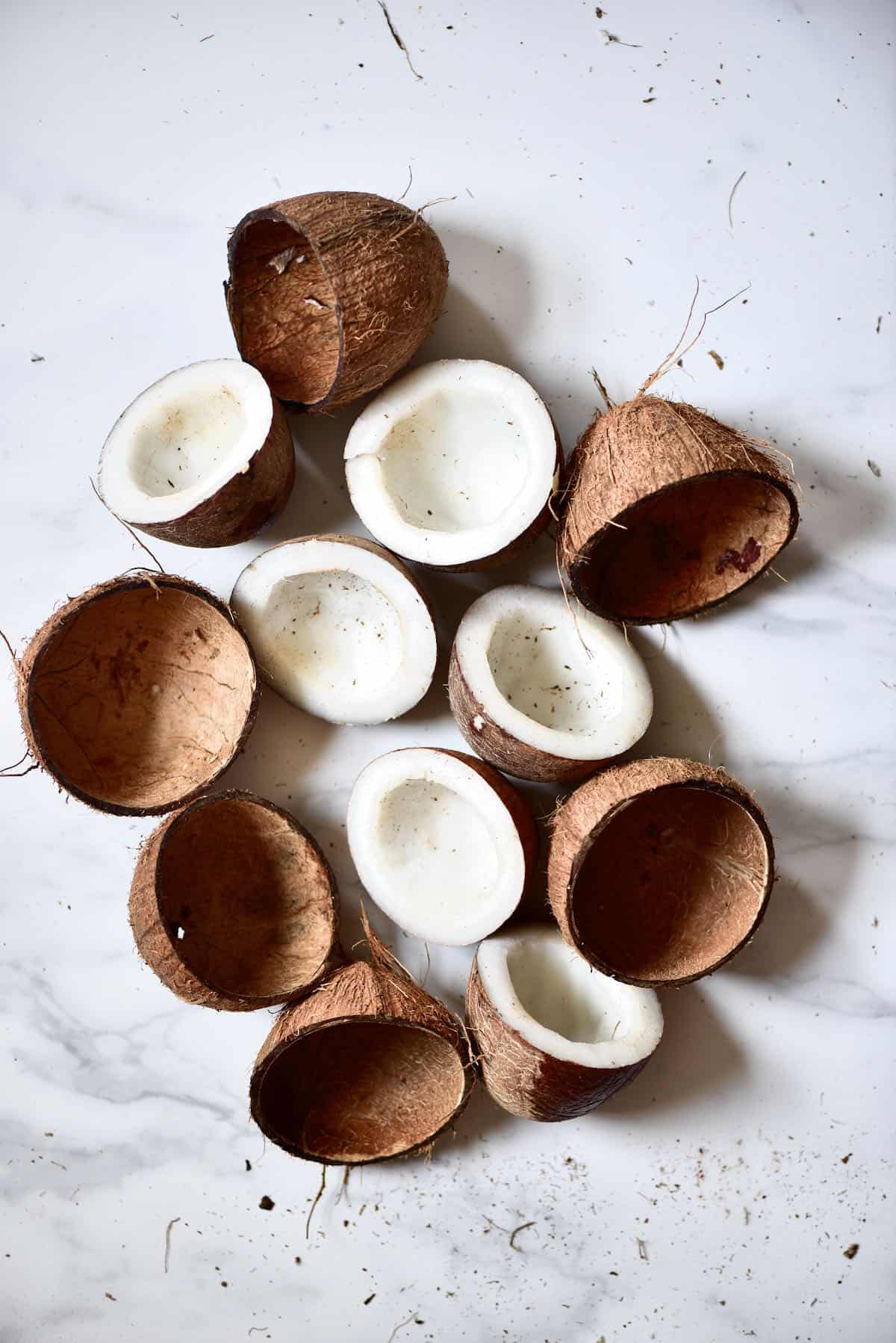
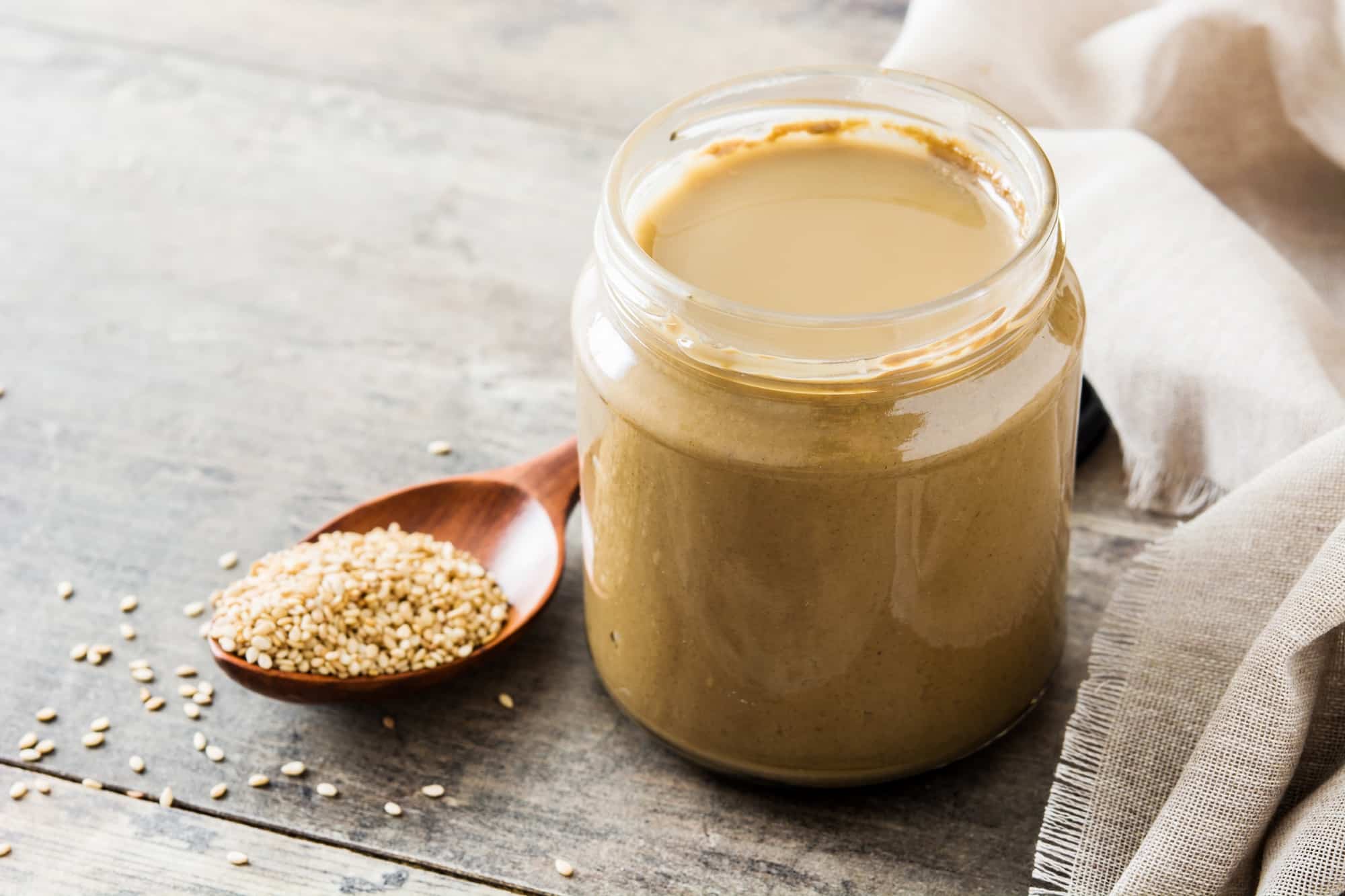

0 thoughts on “How To Store Peanut Butter After Opening”